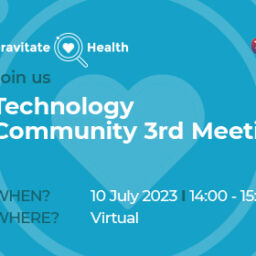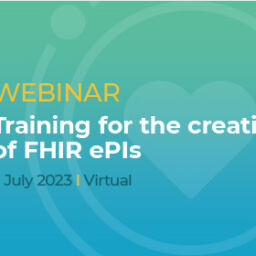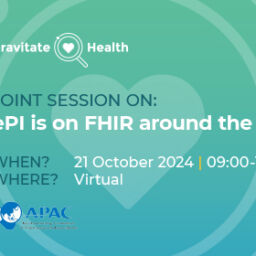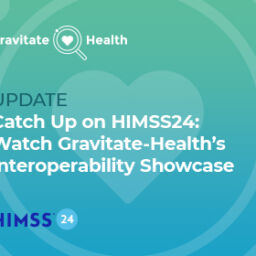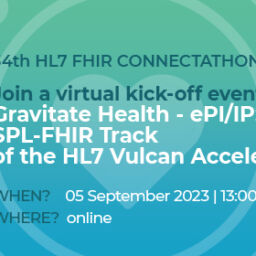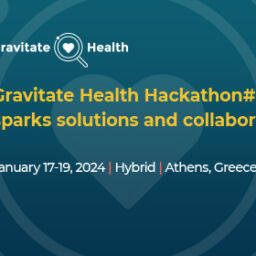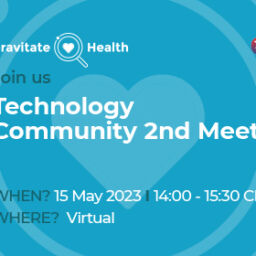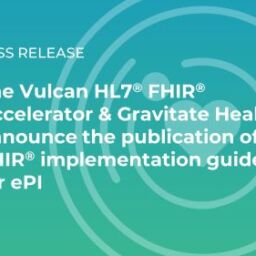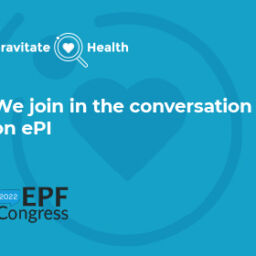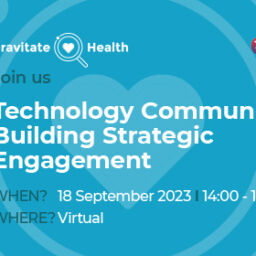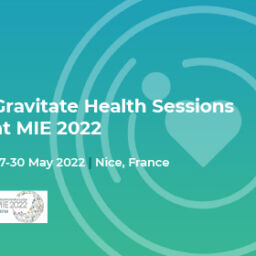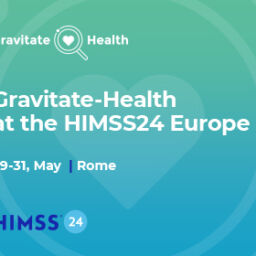Real-time algorithmic exchange and processing of pharmaceutical quality data and information
What’s the current context? Why the need for this article?
In a groundbreaking shift for the pharmaceutical sector, significant advancements are on the horizon in the realms of Electronic Product Information (ePI) and Chemistry, Manufacturing, and Controls (CMC) data.
This article presents a modern method for real-time medicinal product information exchange in the pharmaceutical industry, utilizing Health Level 7 International’s (HL7) Fast Healthcare Interoperability Resources (FHIR®) standard, APIs, digitization, and artificial intelligence.
The primary objectives are to enhance efficiency, expedite decision-making, foster innovation in ePI and pharmaceutical manufacturing, and improve information exchange.
This shift aims to reduce data exchange times from months to minutes through digitization, automation, and interoperability, enabling the industry to reach patients more quickly. The article also focuses on real-world examples of implementing FHIR for CMC information exchange in the biopharmaceutical sector.
What to expect in the article?
The paper accessible here, outlines a modern approach to exchanging and processing medicinal product information in real-time, leveraging Health Level 7 International’s (HL7) Fast Healthcare Interoperability Resources (FHIR®) standard, Application Programming Interfaces (APIs), and artificial intelligence.
Once implemented, this cutting-edge data exchange method is expected to bring about several transformative benefits:
- Enhanced Efficiency: By streamlining the management of regulatory information, this approach will reduce time and effort needed to manage regulatory information.
- Accelerated Decision-Making: Real-time data exchange will facilitate quicker decision-making processes
- Fostering Innovation: The adoption of innovative technologies such as FHIR APIs will carve the way for more agile and innovative approaches to research, development, and regulatory compliance.
Currently, the end-to-end timescale for the pharmaceutical regulatory workflow is measured in months or years. This new paradigm will use FHIR APIs and other supporting technologies to reduce the time for data exchange from months to days, hours, minutes, and eventually sub-seconds. With such drastic improvements in speed provided by digitization, automation, and interoperability, more patients can be reached, more patients more quickly than at any time in the industry’s history.
This new paradigm will use FHIR APIs and other supporting technologies to reduce the time for data exchange from months to days, hours, minutes, and eventually sub-seconds.
Anderson C., Algorri M., Abernathy M., IJPharm 2023.
Where to read the article?
If you’re interested in discovering more, then click here to view the full article.
Contact Information:
Craig Anderson – Department of Global Regulatory Science – International Labeling Group, Pfizer Inc., Kirkland, Quebec H9J 2M5, Canada



